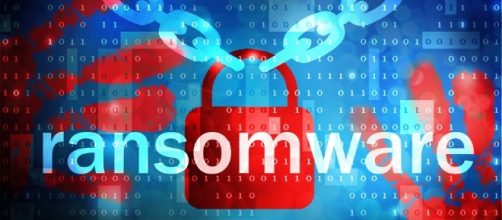What impact today in India?
Everywhere, we have seen the effects of this ransomware virus, which uncontrollably hacked all Atm machines. Luckily we are now safer and have a solution to the matter. Indian Government have said to ignore rumours and that there is no serious impact to the country.
It was very surprising to see 'WannaCry ransomware' give a big hit to computers in Kerala, West Bengal and Andhra Pradesh. On the other side the IT hub, Bangalore, is very far away from this news and had had, therefore, no impact on its services.
The Indian government disclosed that 80% of Indian ATMs are operative now, running on Windows XP and doing basic activities such as dispensing cash and checking the balance.
However, some ATM’S still remain closed due to precautionary measures.
Excluding infrequent incidents in a few states, the country remains protected from the effects of the 'WannaCry' ransomware cyber-attack that has affected computers roughly in 100 countries worldwide. Business was unaffected as markets and offices opened on Monday, after the paralysed effect of this ransomware virus spread across the globe on weekend. The RBI has, however, given a statement that banks will operationalise their ATM machines only after software is installed and updated.
The Indian Computer Emergency Response Team (CERT-In) today will declare a list of do’s and don'ts in addition to provide videos and information on the internet as how to protect systems from the global ransomware attack.
When did it happen?
The attack began on May 12, with the Britain’s National Health Service in the United Kingdom the first hit. Then, the Massachusetts Institute of Technology stated that their systems were down. It then spread to banks and car companies. It was reported by BBC that the WannaCry creators had been paid nearly $30,000 in bitcoin, in order for the companies to get back control of their systems.
Who is the solution maker, Marcus Hutchins?
He is a 22-year-old computer programmer called Marcus Hutchins, who is also known by his screen name, Malware Tech.
Marcus Hutchins, the tech savvy individual, who never went to university, self-taught himself all the hacking techniques. He then joined a Los Angeles-based “private Intel threat firm” a year ago.
He is the only one who found the solution for the Wanna Cry virus from scattering even further. He writes a blog and wrote: “How to Accidentally Stop a Global Cyber Attack.” He purchased a web domain for £8 and redirected it to another place to stop the ransomware attack.
He got the sample of malware software to kill the ransomware virus with the help of his friend, a fellow researcher. Hutchins also warned about the next threat on May 15, and as a result started working with the UK Government Communications Headquarters cyber wing security in order to prepare for the next attack, if it occurs.
Microsoft Corp President Brad Smith criticised the US Intel agency and the US government for storing software defects that it often cannot protect and which enabled the leaking of confidential documents.


